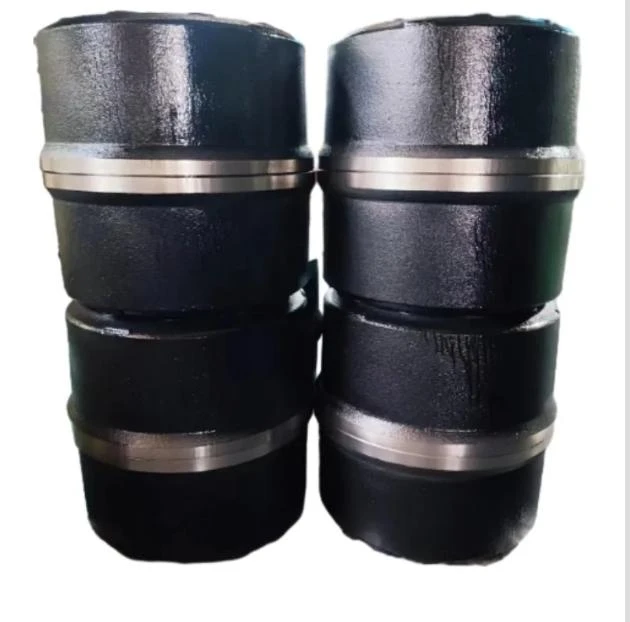
-
 Afrikaans
Afrikaans -
 Albanian
Albanian -
 Amharic
Amharic -
 Arabic
Arabic -
 Armenian
Armenian -
 Azerbaijani
Azerbaijani -
 Basque
Basque -
 Belarusian
Belarusian -
 Bengali
Bengali -
 Bosnian
Bosnian -
 Bulgarian
Bulgarian -
 Catalan
Catalan -
 Cebuano
Cebuano -
 Corsican
Corsican -
 Croatian
Croatian -
 Czech
Czech -
 Danish
Danish -
 Dutch
Dutch -
 English
English -
 Esperanto
Esperanto -
 Estonian
Estonian -
 Finnish
Finnish -
 French
French -
 Frisian
Frisian -
 Galician
Galician -
 Georgian
Georgian -
 German
German -
 Greek
Greek -
 Gujarati
Gujarati -
 Haitian Creole
Haitian Creole -
 hausa
hausa -
 hawaiian
hawaiian -
 Hebrew
Hebrew -
 Hindi
Hindi -
 Miao
Miao -
 Hungarian
Hungarian -
 Icelandic
Icelandic -
 igbo
igbo -
 Indonesian
Indonesian -
 irish
irish -
 Italian
Italian -
 Japanese
Japanese -
 Javanese
Javanese -
 Kannada
Kannada -
 kazakh
kazakh -
 Khmer
Khmer -
 Rwandese
Rwandese -
 Korean
Korean -
 Kurdish
Kurdish -
 Kyrgyz
Kyrgyz -
 Lao
Lao -
 Latin
Latin -
 Latvian
Latvian -
 Lithuanian
Lithuanian -
 Luxembourgish
Luxembourgish -
 Macedonian
Macedonian -
 Malgashi
Malgashi -
 Malay
Malay -
 Malayalam
Malayalam -
 Maltese
Maltese -
 Maori
Maori -
 Marathi
Marathi -
 Mongolian
Mongolian -
 Myanmar
Myanmar -
 Nepali
Nepali -
 Norwegian
Norwegian -
 Norwegian
Norwegian -
 Occitan
Occitan -
 Pashto
Pashto -
 Persian
Persian -
 Polish
Polish -
 Portuguese
Portuguese -
 Punjabi
Punjabi -
 Romanian
Romanian -
 Russian
Russian -
 Samoan
Samoan -
 Scottish Gaelic
Scottish Gaelic -
 Serbian
Serbian -
 Sesotho
Sesotho -
 Shona
Shona -
 Sindhi
Sindhi -
 Sinhala
Sinhala -
 Slovak
Slovak -
 Slovenian
Slovenian -
 Somali
Somali -
 Spanish
Spanish -
 Sundanese
Sundanese -
 Swahili
Swahili -
 Swedish
Swedish -
 Tagalog
Tagalog -
 Tajik
Tajik -
 Tamil
Tamil -
 Tatar
Tatar -
 Telugu
Telugu -
 Thai
Thai -
 Turkish
Turkish -
 Turkmen
Turkmen -
 Ukrainian
Ukrainian -
 Urdu
Urdu -
 Uighur
Uighur -
 Uzbek
Uzbek -
 Vietnamese
Vietnamese -
 Welsh
Welsh -
 Bantu
Bantu -
 Yiddish
Yiddish -
 Yoruba
Yoruba -
 Zulu
Zulu
Jan . 10, 2025 08:28
Back to list
drum brake cylinder
Driving safely and efficiently is imperative for all vehicle owners and one indispensable component aiding in this task is the drum brake cylinder. This seemingly modest part plays a pivotal role in ensuring that vehicles stop effectively, contributing to overall safety and performance. Understanding its function and maintenance can enhance the driving experience while extending the vehicle's lifespan.
Choosing the right drum brake cylinder is equally imperative for ensuring braking proficiency. Quality and compatibility should be prioritized to prevent premature failure and to ensure safety. Consulting with professionals or referencing vehicle manuals when selecting a replacement is recommended. Opting for brake cylinders from reputable manufacturers can enhance trust and reliability in vehicle performance. Enhancing the operation of drum brake cylinders may also involve upgrading to higher-quality brake shoes and drums. These improvements can substantially increase the braking system's overall efficiency and response time, leading to a secure driving experience. Additionally, understanding the mechanics and maintenance of drum brake cylinders empowers vehicle owners with knowledge, potentially increasing their safety on the road and extending the life cycle of their vehicles. This expertise underscores the importance of drum brake cylinders in the broader context of vehicle safety and performance. In sum, while technology evolves and new braking systems become prevalent, the drum brake cylinder remains a vital component in many vehicles. Its reliability, especially in heavy load applications, makes it a preferred choice. For vehicle owners, investing time in understanding this part's function and maintenance fosters an authoritative approach to car care, ensuring that their vehicle operates safely and efficiently under diverse conditions. Always bear in mind the vital characteristics of quality, compatibility, and regular maintenance to preserve the integrity and functionality of the drum brake cylinder, thus reinforcing the vehicle's overall reliability.


Choosing the right drum brake cylinder is equally imperative for ensuring braking proficiency. Quality and compatibility should be prioritized to prevent premature failure and to ensure safety. Consulting with professionals or referencing vehicle manuals when selecting a replacement is recommended. Opting for brake cylinders from reputable manufacturers can enhance trust and reliability in vehicle performance. Enhancing the operation of drum brake cylinders may also involve upgrading to higher-quality brake shoes and drums. These improvements can substantially increase the braking system's overall efficiency and response time, leading to a secure driving experience. Additionally, understanding the mechanics and maintenance of drum brake cylinders empowers vehicle owners with knowledge, potentially increasing their safety on the road and extending the life cycle of their vehicles. This expertise underscores the importance of drum brake cylinders in the broader context of vehicle safety and performance. In sum, while technology evolves and new braking systems become prevalent, the drum brake cylinder remains a vital component in many vehicles. Its reliability, especially in heavy load applications, makes it a preferred choice. For vehicle owners, investing time in understanding this part's function and maintenance fosters an authoritative approach to car care, ensuring that their vehicle operates safely and efficiently under diverse conditions. Always bear in mind the vital characteristics of quality, compatibility, and regular maintenance to preserve the integrity and functionality of the drum brake cylinder, thus reinforcing the vehicle's overall reliability.
Next:
Latest news
-
Rear Drum Brakes Maintenance TipsNewsAug.04,2025
-
Key Components Affecting Brake Drum FunctionNewsAug.04,2025
-
Important Inspection for Truck Drum BrakeNewsAug.04,2025
-
How to Prepare for Changing Rear Drum BrakesNewsAug.04,2025
-
Essential Tools for Cleaning Drum Brakes ProperlyNewsAug.04,2025
-
Brake Drum Function GuideNewsAug.04,2025
-
Safety Features of Red Brake DrumsNewsAug.01,2025
